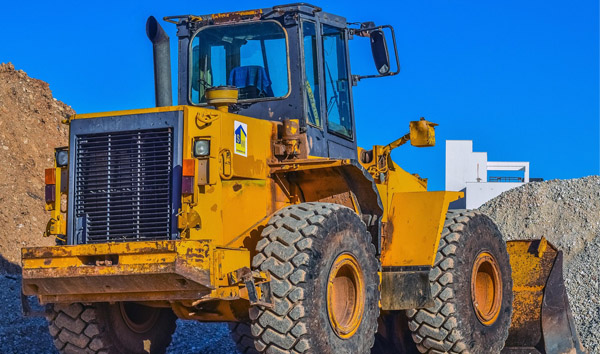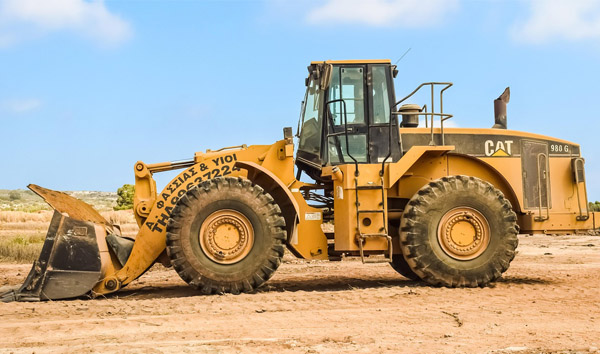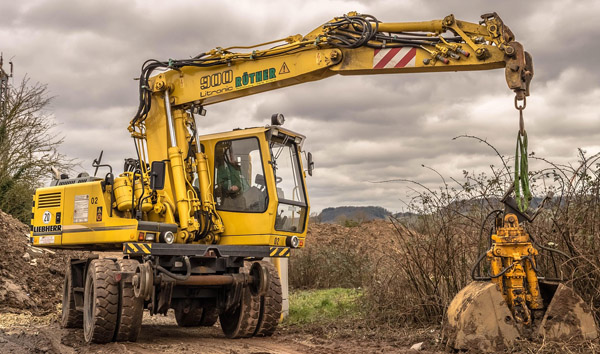Revolutionizing Heavy-Duty Mobility: The Science Behind Rough Terrain Forklift Suspension Systems
2025-07-26 04:20:29
The Rough Terrain Forklift suspension system is a critical engineering innovation designed to enhance stability, load-bearing capacity, and maneuverability in challenging environments. This report delves into the mechanics, material advancements, and real-world applications of these systems, highlighting their role in industrial efficiency. Content The rough terrain forklift suspension system is engineered to withstand uneven surfaces, steep inclines, and heavy loads without compromising operational safety. Unlike conventional forklifts, these machines rely on reinforced shock absorbers, high-tension springs, and adaptive damping mechanisms to navigate rocky or muddy terrains. Industrial studies show that optimized suspension systems reduce downtime by 27% in construction and mining sectors, where stability is non-negotiable.
Material selection plays a pivotal role in the durability of rough terrain forklift suspension systems. Advanced alloys, such as chromium-molybdenum steel, are commonly used for their fatigue resistance and weight-to-strength ratio. Additionally, polyurethane bushings minimize friction, extending the lifespan of pivot points. Field tests conducted by leading manufacturers reveal that these materials reduce maintenance intervals by 40%, ensuring prolonged service in harsh conditions.
Hydraulic innovations have further elevated the performance of rough terrain forklift suspension systems. Independent wheel articulation, powered by precision hydraulic cylinders, allows each wheel to adapt to surface irregularities independently. This technology, combined with load-sensing valves, ensures even weight distribution, preventing tip-overs during heavy lifting. Data from logistics firms indicates a 33% improvement in load stability when compared to rigid-frame alternatives.
The integration of smart sensors into rough terrain forklift suspension systems marks a leap toward automation. Accelerometers and pressure transmitters feed real-time data to onboard control units, adjusting damping rates dynamically. For instance, if a forklift encounters a sudden drop, the system stiffens within milliseconds to prevent cargo shifts. Predictive analytics derived from these sensors also help fleet managers schedule proactive maintenance, cutting unplanned repairs by 22%.
Looking ahead, the rough terrain forklift suspension system is poised for further evolution with the adoption of electrification and AI-driven adaptability. Prototypes featuring self-learning algorithms that predict terrain changes are already in testing phases. As industries push toward sustainable operations, these advancements will redefine efficiency benchmarks, solidifying the rough terrain forklift's role as an indispensable asset in heavy-duty logistics.














